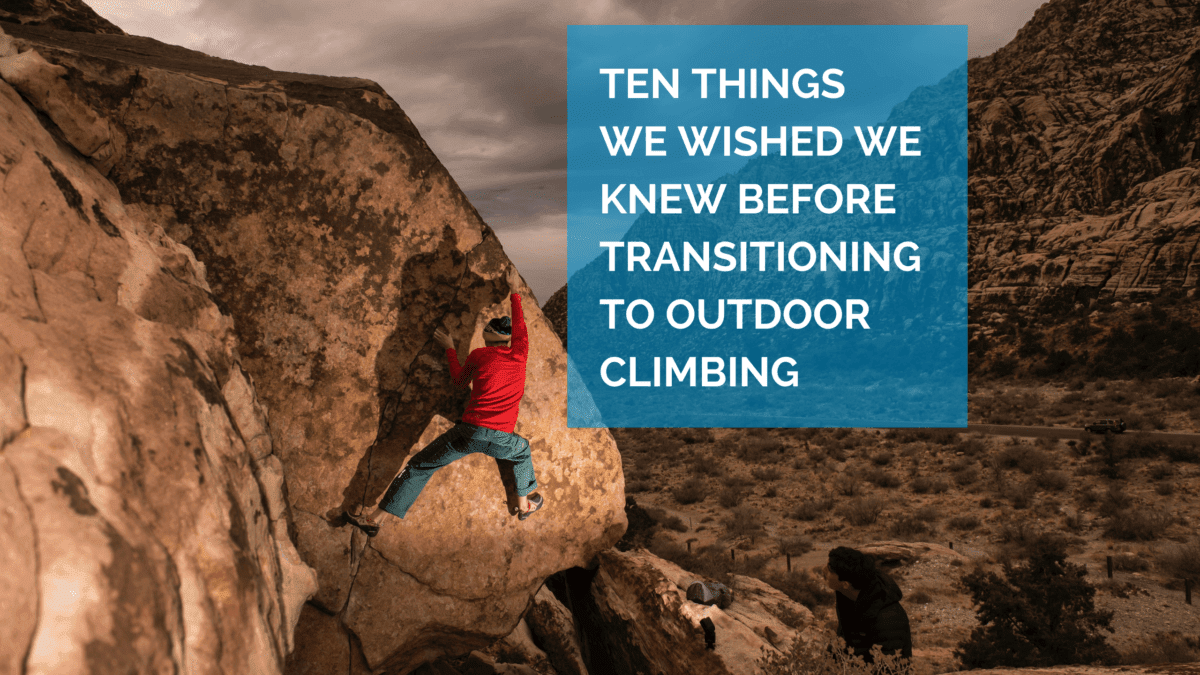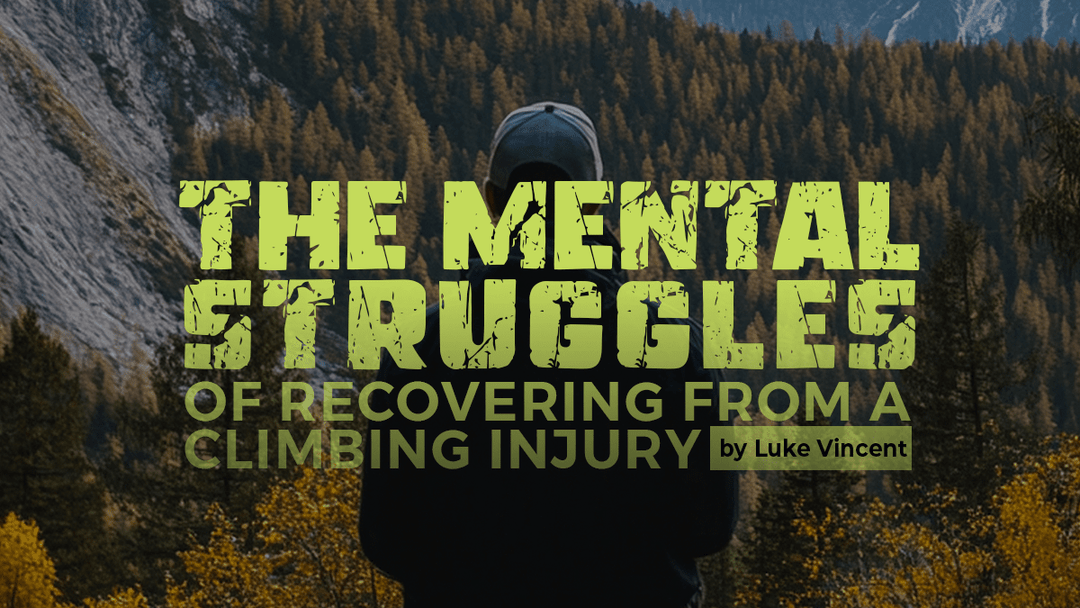Gym to Crag: Things to Know Before Starting Outdoor Climbing

A lot of rock climbers got their start on the plastic mountain in an indoor climbing gym. This is an excellent way to condition yourself for outdoor climbing. Indoor climbing can happen year-round, and gyms are also conducive to focused and intense training with hang boards, campus boards, and weights.
However, even if you’re floating up 5.12s in the gym, you might find yourself taking on a 5.10 outside. Why? Outdoor climbing is a totally different sport.
Ten Things We Wished We Knew About Outdoor Climbing
1. The grades indoors will not correspond to the grades outdoors
Every time noobs try outdoor climbing for the first time, they are always surprised by the grading. However, there are a lot of reasons why the grades don’t match up. For one, indoor climbing is easier because the holds are often color-coded. They tell you where to step and place your hands, all the way up to the anchors. Your brain is used to that. It’ll take time for your brain to rewire to examine rocks and not colored plastic. Therefore, don’t get discouraged if you can’t climb super hard just yet.
2. Let the chalk marks and grease marks be your guide
Even though outdoor routes are not color-coded, chalk marks and black grease marks from shoes can give away where the good holds and resting spots are. You can try to plan your next few moves based on where you find these marks. On the other hand, a hold might be super chalked up simply because many people were fooled. A better way to climb is to simply look for holds that work well for you, marked or unmarked.
3. When arriving at a crag for the first time, start with easier climbs
Every crag’s grading will feel different. For instance, some climbers swear that Red Rocks is super underrated, while others say if you can climb a certain grade at Smith Rock, you could climb that grade anywhere. Even though grades vary between crags, they tend to be consistent within a single area. Hence the term, “Yosemite 5.9.” Thus, if you don’t want to ruin your day with flash pump, warm up on the really easy routes first to get a feel for the grading.
4. Learn how to read a guidebook
Don’t be the one who descended the route because you didn’t bring the right gear. You can typically find the type of gear you need in a guidebook. It will tell you helpful things like how many bolts, what type of pro, what type of anchor, and whether the route is sport, trad, or mixed.
5. Use names when communicating with your climbing partners
When communicating with your climbing partner during a climb, use their name. When you get to the crag, there will often be other groups of climbers there. Multiple parties yelling, “Take!” or “Slack!” can get confusing. For safety’s sake, use your partner’s name along with the command, like “Jenny, take!”
6. Use a helmet
People think helmets look dorky. Climbing magazines don’t depict people in helmets, either. However, even in popular climbing areas, large chunks of rocks or boulders will fall. Having one of those rocks hit your belayer would be devastating.
7. If a rock falls when you’re climbing, yell, “Rock!”
It’s common courtesy to let the people below you know a falling rock is about to impale them. And, if you’re the people below, run! The safest places are right up next to the wall or underneath trees.
8. Bring gear like you’re going for a hike in the woods
Sunburns, smashed knees, bug bites, and scratches will happen. They are all part of this thrilling, but masochistic sport. Weather changes can happen, too. It’ll be sunny one second, and stormy the next. Thus, don’t just bring your climbing gear. Dress in layers, and bring a first aid kit, sunscreen, and bug spray.
9. Pack your trash out with you
Seriously. Respect the space you’re privileged to share with others.
10. have fun!
Don’t forget to look at the amazing views from the top and have fun. Hang out and take a picture if you’d like. As they say, the best climbers are those that have the most fun.
Bonus tip: having the right shoe matters. Be sure that your climbing shoes match the terrain. Check out our lineup for all types of climbing applications.




